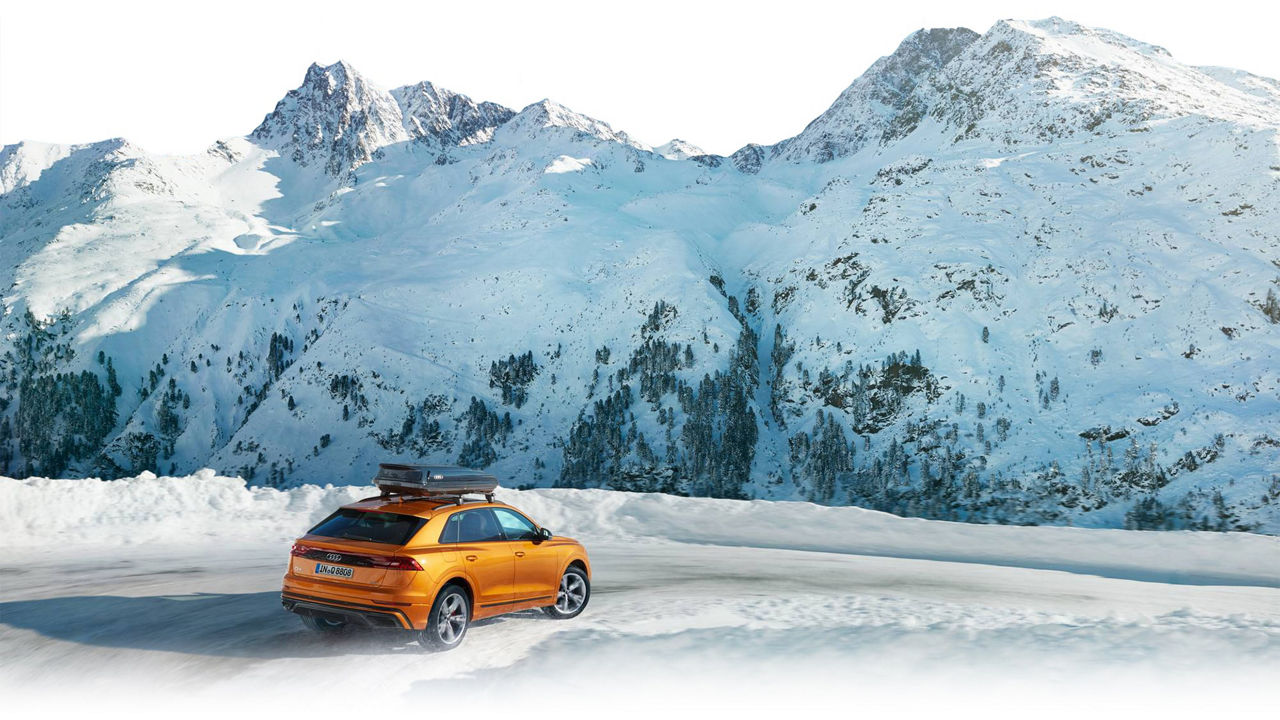Which tires fit your vehicle?
Tire types
Winter tires
Best in winter, fair in spring and fall (but tread wear increases), poor in summer. A three-peaked mountain snowflake symbol is placed on all winter tires that achieve performance-based standards.
All-season tires
Fair in spring, summer, and fall, less satisfactory in colder conditions (7°C or colder).
Summer tires
Best for summer, fair in spring and fall, poor in winter.
The difference between winter tires and all-season tires:
The truth about winter tires.


European model shown. Specifications may vary.
European model shown. Specifications may vary.


